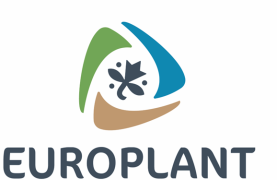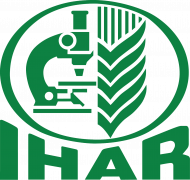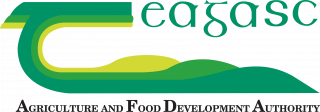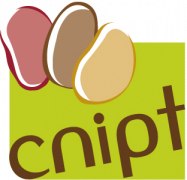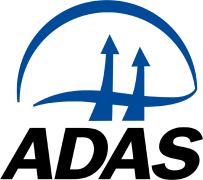In Nepal in terms of cultivated area, potato ranks as the fourth crop and the first in terms of productivity. In such a crucial crop of Nepal, it is inevitable to develop virus-free potatoes and optimize their callus induction and regeneration protocols for further genetic manipulation studies. In this study, we used various plant growth hormones such as gibberellic acid (GA3), kinetin, and 6-benzyl amino purine (BAP) for meristem culture optimization of 11 different cultivated and unreleased Nepali potatoes. The presence of virus in the plantlets was tested using the Double Antibody Sandwiched-Enzyme-Linked Immunosorbent Assay (DAS-ELISA) method. Similarly, internode explants from five different cultivars were used to induce callus using 2,4 diphenoxyacetic acid (2,4-D), kinetin, naphthalene acetic acid (NAA), and BAP, and subsequently regeneration using GA3. We found the best regeneration results from meristem culture using 0.25 mg/L GA3 for cvs. Rosita, Halka Nilo, Purple, Desiree, and unreleased 226. Virus-free plantlets tested for the salient six viruses common in local potato cultivars of Nepal were observed using the DAS-ELISA method. The combination of BAP and NAA induced the highest amounts of callus in cvs. MS42.3, Panauti Local, Purple, and Khumal Upahar. Potato cv. Panauti Local displayed the best callus induction in terms of the different cultivars used. The highest regeneration frequency using 0.25 mg/L GA3 was obtained from the callus incubated for MS42.3 and Panauti Local. We have successfully optimized the meristem, callus induction, and regeneration protocol for this agronomically important crop of Nepal which can further be used in microtuberization, generation of pre-basic seeds, and genome manipulation studies.
Full publication URL



